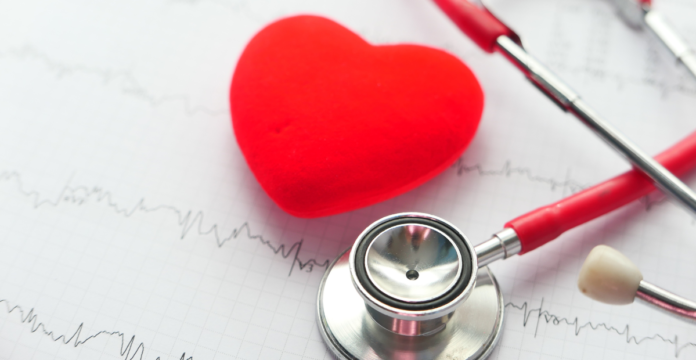A stroke is a medical emergency that can be life-threatening at times. It occurs due to a reduction in oxygen supply to the brain. This can occur because of a bleed or a blockage in the supply chain of the brain. Read further to know the stroke symptoms, causes and more related information.
What Is Stroke? What Leads To Stroke?
Stroke is a cerebrovascular disease, where the blood vessels feeding the brain with oxygen get affected. When the brain does not get enough oxygen, its cells start dying and the brain starts getting damaged. Many strokes are treatable, however, some lead to death as well.
Types Of Stroke
A stroke can be any of the following three types:
- Ischemic stroke: it’s the most common stroke type and makes up for most cases of stroke. Here, a stroke occurs when a blood clot forms and prevents blood and oxygen to an area of the brain.
- Hemorrhagic stroke: This type of stroke occurs upon the rupture of a blood vessel.
- Transient ischemic attack or TIA: Also known as a ministroke, this type occurs when blood flow to an area of the brain becomes inadequate for some time. It can resolve on its own as the blood flow resumes after a short span of time.
Note that warning signs of a stroke in women and a man are mostly similar.
Causes And Risk Factors For Stroke
Every type of stroke can have its own list of causes. However, the reasons for stroke are common in one who:
- is obese or overweight
- Is 55 years or older in age
- Has a personal or a family history of stroke
- Has diabetes
- Smokes
- Uses illicit drugs
- Consumes excessive alcohol
- Has high blood pressure
- Has high cholesterol
- Is leading a sedentary lifestyle
- Has a heart disease, carotid artery disease or some other vascular disease
While some studies say that males are at a greater risk of getting a stroke, as per other studies gender makes no difference.
Stroke Symptoms
Signs and symptoms often occur without a warning. Symptoms leading up to a stroke include:
- Confusion, along with difficulty in understanding speech and speaking
- A headache, with vomiting or altered consciousness
- Numbness in the body part/s, such as an inability to move an arm, a leg, especially on one side of the body
- Difficulty in walking, along with lack of coordination and dizziness
- Vision issues in one or both eyes
Some people may also experience depression, paralysis, bladder/bowel incontinence and/or difficulty expressing or controlling emotions as signs of a stroke.
READ MORE: How to Tell if an Egg is Bad or Good
Treatment For Stroke
Knowing the early signs of stroke can help in getting early treatment. Because ischemic stroke and hemorrhagic stroke have different causes, their treatments are also different.
- For ischemic stroke: As it involves blocked or narrowed arteries, its treatment involves restoration of adequate blood flow to the brain. Treatment starts with drugs to break the clots and prevent new clots from forming.
Procedures carried out include carotid endarterectomy (opening the carotid artery plus removing the plaque that could otherwise travel to the brain) and angioplasty (using a catheter and a small balloon to prevent the narrowing of the artery).
- For hemorrhagic stroke: As it involves blood leaking into the brain, treatment involves controlling the bleeding while reducing pressure on the brain. Here again, treatment starts with drug administration, which is also done to prevent seizures and sudden constrictions in the blood vessels. Blood vessels involved in causing the stroke are repaired.
If there’s a bulge in a blood vessel that can burst, the surgeon will stop the flow of blood and shrink the bulge with clamps.
It is important to know the stroke symptoms in men. Recent studies show that they can be different from the stroke symptoms in women.
Prevention From Stroke
Lifestyle changes like the ones mentioned below can help prevent a stroke:
- Eating a healthy diet
- Maintaining an average weight
- Not smoking tobacco
- Exercising daily
- Avoiding alcohol
- Controlling blood pressure
- Managing diabetes
- Getting any heart disease treated
- Using anticoagulants or antiplatelet medicines to avoid a second stroke, as well as undergoing an associated surgery
Research is going on to know if the signs of stroke in men are the same as the signs of stroke in women. Whether they are similar or not, one should take care of themselves and loved ones by taking preventive measures to end all chances of stroke.





